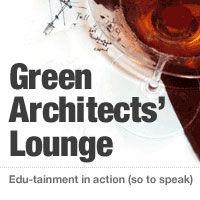
GreenBuildingAdvisor.com's Green Architects' Lounge
Chris Briley and Phil Kaplan
Two residential architects talk about building science, design, cost, cocktails, and music.
- 48 minutes 24 secondsGreen Architects' Lounge - How to Choose the Right Mechanical System
With any house, there are so many variables that influence the decision to choose one particular mechanical system over another; climate, home size, cost, local availability and cost of fuels and materials, and the life style and preferences of the occupants. There is no "one-size-fits-all" system that one can reliably prescribe to all projects. So Chris and Phil sat down over a good winter cocktail to share their views, anecdotes, battle scars, and wisdom on this important subject.
20 February 2013, 3:29 pm - 24 minutes 52 secondsGreen Architects' Lounge - Solar PV - Part 2
Enter the Dollar! Now it's time to start figuring out just how much these solar sytems will cost. Moreover, we'll find out how to calculate your return on your investment. Then Phil takes us out with a great song called Earl Jean by Beachwood Sparks. Enjoy.
5 August 2012, 11:51 pm - 31 minutes 1 secondGreen Architects' Lounge - Solar PV - Part 1
The thing about photovoltaic(PV) Generation of electricity directly from sunlight. A photovoltaic cell has no moving parts; electrons are energized by sunlight and result in current flow. solar (or PVPhotovoltaics. Generation of electricity directly from sunlight. A photovoltaic (PV) cell has no moving parts; electrons are energized by sunlight and result in current flow.) is that in order to understand if it is appropriate for the project you're working on, you really have to understand the metrics and basics of solar systems.
Chris and Phil sat down, turned on the mic, and did their best to convey the basic concepts and rules of thumb that most green professionals should know. This will of course be laying the ground work for part two, where we cover the financial implications of solar PV.
5 August 2012, 11:05 pm - 45 minutes 4 secondsGreen Architects' Lounge - Guest Allison Bailes
Chris and Phil have a nice chat with energy auditing guru, Allison Bailes, As a Green Building Advisor and the man behind the Energy Vanguard, Allison knows his stuff. Together they discuss the new Energy StarLabeling system sponsored by the Environmental Protection Agency and the US Department of Energy for labeling the most energy-efficient products on the market; applies to a wide range of products, from computers and office equipment to refrigerators and air conditioners. 3, integrating mechanical design into a residential project, FROGS, and naked people. So grab a cup of joe (or make a Moscow Mule if you're off-duty) and enjoy.
28 May 2012, 3:44 pm - 54 minutes 43 secondsGreen Architects' Lounge - Guest John Straube
The Lounge welcomes John Straube for a drink and chat about the latest news in Building Science. The drink ends up being of the caffeinated variety (due to the early temporal placement of the recording within the day) and the conversation covers many topics such as his new book and what commercial buildings should strive for, where green building and building science overlap, and why architects are so awesome. Join us.
2 May 2012, 1:19 pm - 56 minutes 6 secondsGreen Architects' Lounge - Guest James Howard Kunstler
Some see the glass as half full, others see it as half empty. Jim tells you what the %$#@! is in the glass, how it got there, and what SHOULD be in the glass instead. Join Chris and Phil as they interview author, and social commentator, James Howard Kunstler. Jim delivers his commentary on the built environment in a refreshing, unique, and blunt manner. Cheers.
6 January 2012, 6:59 pm - 36 minutes 52 secondsGreen Architects' Lounge - Designed to Built, Part 2
It's one thing to design a house, and it's another entirely to turn that design into a physical reality. In this episode, Chris and Phil kick back with an autumn cocktail and talk about the process of bringing on a builder and the challenges of keeping control, quality, cost, and expectations managed along the way.
23 October 2011, 2:54 am - 31 minutes 3 secondsGreen Architects' Lounge - Designed to Built, Part 1
It's one thing to design a house, and it's another entirely to turn that design into a physical reality. In this episode, Chris and Phil kick back with an autumn cocktail and talk about the process of bringing on a builder and the challenges of keeping control, quality, cost, and expectations managed along the way.
14 October 2011, 1:44 am - 38 minutes 24 secondsGreen Architects’ Lounge - Guest Martin Holladay, Part 2Sprout Follies7 August 2011, 4:30 am
- 23 minutes 54 secondsGreen Architects' Lounge - Guest Martin Holladay, Part 1
You know him, you love him, (or at least his articles) it's Martin Holladay. He was in the neighborhood, so he stopped by to chat with Chris and Phil for this episode of the Green Architects' Lounge. This is your chance to get to know the man behind some of your favorite articles. Hear how he spent his youth abroad and how it has shaped his current views on green building. Listen, as he share his insight on the future of green building. And, find out what he says when he's told his house has just burned down and he's been given a whopping $500K to rebuild it.
1 August 2011, 1:23 am - 28 minutes 22 secondsGreen Architects Lounge - Net Zero Homes, Part 3
Phil and Chris finally get to talk about one of their favorite topics. Net ZeroProducing as much energy on an annual basis as one consumes on site, usually with renewable energy sources such as photovoltaics or small-scale wind turbines. Calculating net-zero energy can be difficult, particularly in grid-tied renewable energy systems, because of transmission losses in power lines and other considerations. Homes. These homes, that produce as much energy as they consume, are starting to become not only popular but economically prudent. That's not the cocktails talking. Phil's even going to share a handy spreadsheet his office uses that will help illustrate this point. He'll also share a new song from Bright Eyes, and Chris will share a recipe that the two of them sort of invented on the spot. But it's tasty! Check back in for all parts (1 through 3) and keep up the good work!
27 June 2011, 2:17 am - More Episodes? Get the App
Your feedback is valuable to us. Should you encounter any bugs, glitches, lack of functionality or other problems, please email us on [email protected] or join Moon.FM Telegram Group where you can talk directly to the dev team who are happy to answer any queries.
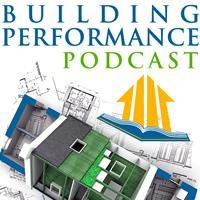 the Building Performance Podcast
the Building Performance Podcast
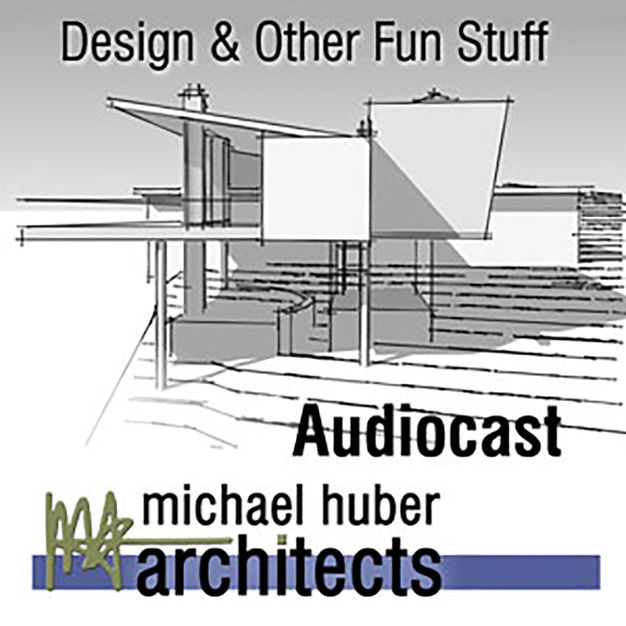 Design & Other Fun Stuff
Design & Other Fun Stuff
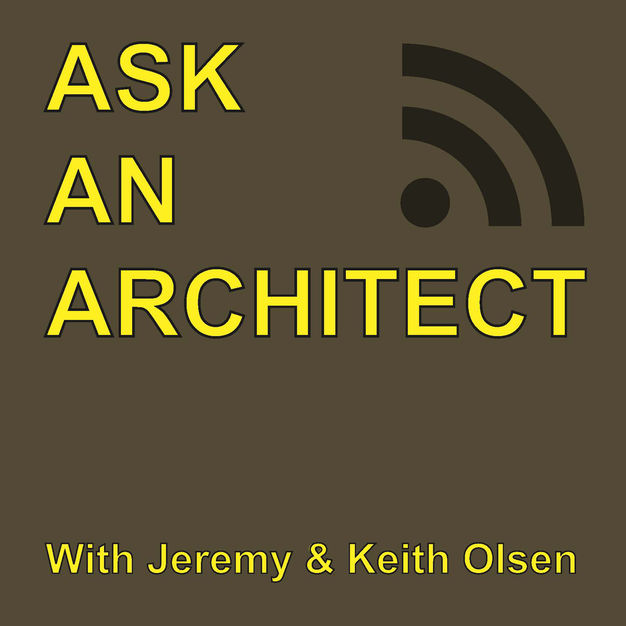 Ask An Architect
Ask An Architect
 Home Style Green
Home Style Green
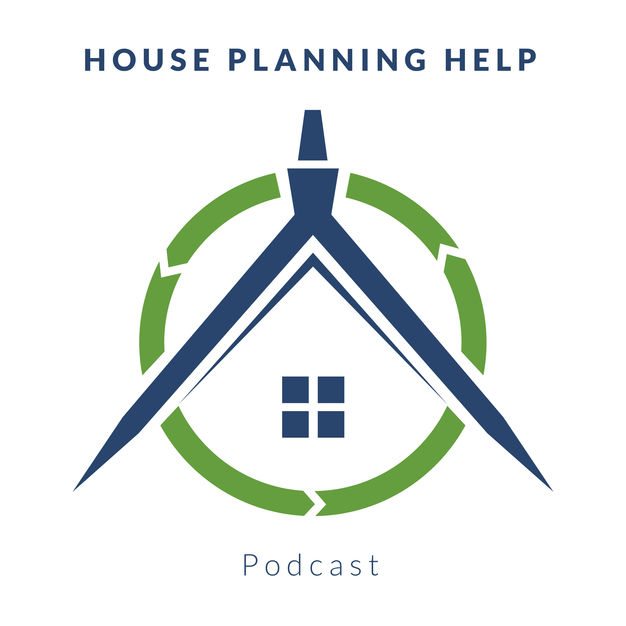 House Planning Help Podcast
House Planning Help Podcast
 The Building Science Podcast
The Building Science Podcast